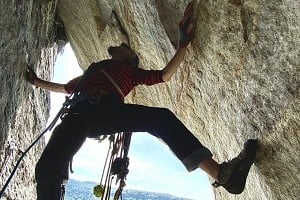
Mark Bullock, who sent Tom Randall photos of a bridge to sow the seed for their latest roof crack project, speaks to the 'WideBoyz' and finds out that this climb was significantly more than just another big tick...
In early November 2021, after a summer of recce trips and one previous attempt that ended halfway, Tom Randall and Pete Whittaker climbed a horizontal roof crack over 2500 feet long (roughly the length of Half Dome in Yosemite). The line took the pair four days, with three nights on a portaledge. 'The Great Rift' — their proudest crack line to date — was on the underside of a six-lane concrete motorway bridge.
Tom, I sent you a picture of this bridge in maybe 2018 (as a semi-joke), but sometime after lockdown and your canal bridge antics, I gave you another nudge and there was some sort of catalyst for you to take it seriously. Tell me how your mind works when you see something absolutely outrageous, and then decide to make it a reality?
Tom: Sometimes project suggestions, especially outrageous ones, maybe need to brew and sit in my mind for a while. Churning it around, deciding on motivation, is it impossible, getting Pete on side, and bouncing ideas off him. We've such a good track record together, and we both take so much from the partnership. Of course I have had other climbing partners, and we both climb with other people regularly, but our synergy is so good, it becomes as big a reason for doing something together as the project itself. So sharing this with Pete and looking for something 'big' and arriving at a consensus that this could be 'the one' was kind of how it happened.
OK Pete, you guys have been partners for a long time, with a huge back-catalogue of trips and epics that obviously fosters an extreme trust. But tell me about getting a call from Tom, telling you he wants to climb a kilometre long stretch of motorway, which instantly makes you decide to book flights from Norway?
Pete: Haha, yeah. Well, we'd been climbing bridges throughout the COVID pandemic, just smaller ones, and then through conversations we were imagining a mega-project. But then with all these things they take time to sink in, you mull it over: 'Is the other person psyched as well?' and so on. We put shout-outs on social media and loads of people were sending in their bridges and we did do a bit of a recce tour. But nothing quite worked out, so I returned to Norway and left Tom to keep scouting. So the video message he sent me came as no real surprise!
You made a few recces, Tom. The most important of those, at least for me watching the process, was when you first physically jammed and realised it was the perfect width, and got so excited you sent Pete a wide-eyed video message. You tested cams, refined a fairly emotional initial bushwhack of an approach (not to mention comparing silt swimming vs SUP), but what was the point at which you decided: 'This is actually happening!'?
Tom: 'Hand in' was the moment for sure! That was a serious degree of commitment and as I said at the time, among the top three most-psyched moments of my climbing life. But then I also needed to convince Pete… so then the next point is when he commits. This was definitely The Motherload, the one we'd been searching for, but we'd had tonnes of disappointments on other projects that maybe people don't see, and so making Pete cross the threshold was a real point of no backing out.
Pete: When Tom video messaged me, that was the clincher for me. He told me it was tight Blues that we could do with tape gloves and so on. But essentially, as soon as he told me size, I just trusted him. It was important that it wasn't Reds. Big knuckles would have been game over, and equally, Greys — fists – would be way too painful. For that scale, it had to be Blues really or it was impossible.
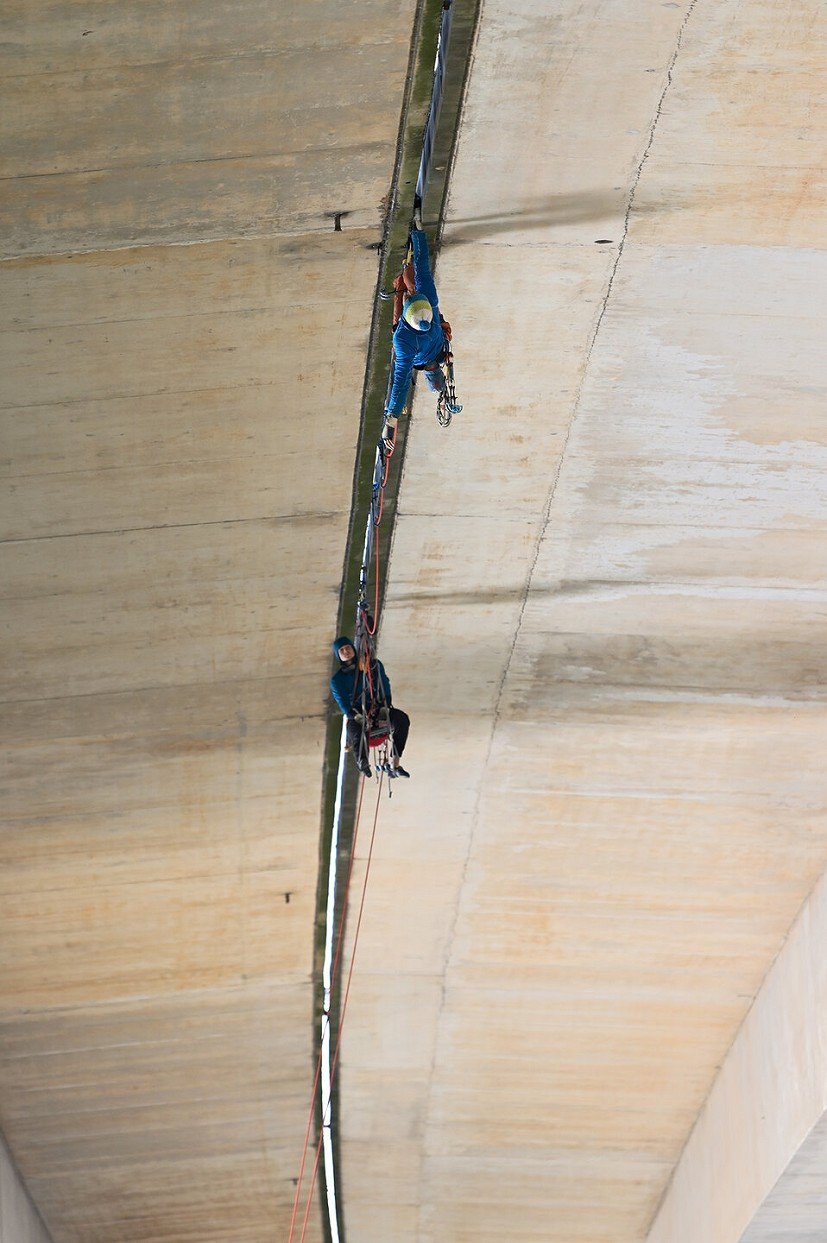
Pete, can you explain the strategy of ~10m pitches? With no tricky sequences, no guidebook to consult for route reading, belays literally everywhere, and a move you're both pretty well-practised in, I was expecting you to smash 50m at a time, maybe even simul-climbing! Can you explain the impact of difficulty on tactics?
Pete: Initially we thought it would be longer pitches too. But as we got climbing on it, we realised it was harder. There was movement in the bridge, and concrete is different to natural rock, but that consistency actually made the climbing cumulatively hard, not cruxy, just feeling it build up over a period of time/metres. So take it to a crag example: How many redpoint burns do you have per day? 3-4? We had to keep it well below that redpoint burn threshold by several grades, to make it something you could do all day. We kept it somewhere between 7b+ to 8a+. You could also say the same thing about pull ups: If you did your max pull ups every half hour, might it be more sensible to do 50-60% of your max pull ups each time if you know you need to go all day? You don't run a marathon in 100 metre bursts — you pace yourself.
Tom: Yeah, we knew it was long, and so we knew we had to break it down. We calculated how many pitches. What grade can we do all day long? So if you can handle ~7b-8a all day that's what you go for. We tried to vary it, but as soon as you're starting to get pumped, then you're building a belay. Climbing until you start to feel pumped, then stopping. Here's a good analogy, because some everyday climbers still struggle to grasp how it 'feels': Consider campusing all day, for four days… So you might be a strong trainer and you might be able to ladder up and down for 2-3 minutes, then rest for 10 minutes, and you might be able to do that again. But can you do that all day? For four days?
So, if you're Brett Lowell or Zach Barr, I guess one minute you're on El Cap shooting The Dawn Wall, and the next you're in a field full of cow pat in Devon. Was the prospect of having an international film crew turn up to capture this epic an additional pressure to deliver, or are you well used to that?
Tom: Totally used to it. If anything, it's a massive bonus to motivation and psyche: because you've got a team involved in helping you.
Pete: Pretty used to it, yeah. We've both done a lot of filming with different filmmakers. Obviously we wanted the project to go well, but that's why we did the recces together, to be confident we're not going to feel any pressure, because we know it's going to be a decent attempt.
On the route, you were swinging leads, seconding by aiding, and sitting in seats. How much of a war of attrition was it, considering the monotony of the movement?
Tom: It was a war of attrition, but also a war of holding your nerve, and telling yourself 'don't panic'. It is predictable, no matter how sore/tired you are, and you're looking ahead and worrying, and working out any doubts. I like to think of it as unknowns about knowns, so you might be totally battered on Day 2, and thinking 'There's no way I can keep this going', but that's where chunking things is so, so effective. Breaking it down to get the next pitch done, get to the next pillar, and really trusting each other to keep supporting each other.
Pete: From Day 1, immediately! Haha. I did do a few pitches feet first, purely just to switch it up, but basically yeah, it is the same thing. Day 2 was pretty hard, Day 3 and 4 were grind it out days. Day 3 had the trickiest section, where it got a bit tighter, and that spiced things up. We had to re-tape and re-evaluate. Same as Tom said, thinking about it in little bits. Do your lead. Spur the other person on to go as far as they possibly can, haha! But, it was also really different to a big wall, because there's no ledges, so no real rests, everything is hanging and that makes the overall experience more wearing. Even sitting in the seat — you're still holding your upper body up vertically and it's draining.
Can you tell us about the pitch where Tom went 3-4m?
Pete: Haha, yeah! We called it 'The Plug Pitch', because there was an electric toothbrush charger stuck in the crack, there was also a car bumper and some fizzy drink cans.
Basically, before Tom set off, we could see something hanging, and it was an electric toothbrush charger. Random. It was where the crack did get narrower to Golds and a few Reds. He said he'd try to get past the car bumper, but then had a total nightmare and couldn't even get to the toothbrush charger, and he put a cam in pretty quickly and hung on it. But then, he didn't even rest and carry on. He just sat on the cam and made a belay. I thought: 'That can't be a pitch, Tom?!' I could almost reach out and touch him. But I didn't say anything, haha! I guess it's my turn then!
On the first attempt the police intervened. Tom, how on Earth did you persuade them to let you try again? It has the feel of something that is definitely illegal…
Tom: Basically by being reasonable and opening up a dialogue. After lots of conversations about safety, and allaying their fears that we might climb up onto the motorway, we established a relationship where they wanted to know when we were doing it, so that if any passersby did ring them up, they could say they were aware and needn't send officers out unnecessarily. There was still a concern though that we might get stopped again.
What was it like as you made progress, perhaps passing 'halfway' felt significant? Was 'big-roofing' the same as big-walling together, or was the horizontal nature of it (always being so close to crew/support/escape) a factor in the emotion of the journey?
Pete: Definitely the halfway marker was a good moment. Then on the last day we both felt relatively good and Tom put in some good long leads that day, inspiring me to put some long leads in too. But being close to the ground did make it feel very easy to bail. Big walling is a bit more committing in that way.
You're both totally full of psyche, and obviously complement each other well in that respect, but four days of graft and grime, three portaledge camps, a varied diet with hanging toilets, and not to mention sleeping under a motorway, must surely take their toll on enthusiasm? What were the low moments and how did you address them?
Tom: Bad pitches. It's totally demoralising especially if you're red-lining. It suddenly all feels too daunting. Changing in sizing was hard, the flexing bridge and at the end of Day 3 both of us were broken… That's another real strength of our partnership — that we both know you don't want to both hit a low at the same time, so we instinctively don't go there.
Pete: Lowest moments... Erm… Graft and energy and the continuously difficult nature — but that was never really a low moment for me because I expected that from the beginning. It's more when you found a pitch hard, or climbed badly, or the pitch was short and it felt demoralising.
Tom, you settled on 'The Great Rift'. What's the significance of the name?
Tom: It certainly wasn't any falling out with Pete! Just that we were looking for a name that describes a huge split in a significant land feature. Something that's visible from way high up, and you imagine if you look down you can see the size of the estuary and you know that you're crossing a really big geographical feature.
5.13… it's a bit of an arbitrary subject, but how have you arrived at a grade? Didn't you say that 10m was ~8a, and then 15m equated to 8a+ or something like that? I know you moved from Blue to Yellow and even Red cams, and you re-taped for that. The tape job seems to make a massive difference to the difficulty because of the width, like an extra couple of wraps of tape affect the grade?
Pete: We took 7b+-8a+ as a range for all the pitches. Eg. Tom's short pitch was maybe 7b+, but his long pitch on the last day was maybe 8a+. When it did get thinner the change in size did make 10m ~8a.
The grade also reflects the flex and the dirtiness — those factors make it hard to be really consistent.
What was the physical experience of the traffic like? The flexing crack, the movement, did you get good at identifying the difference between a car and a lorry? Could you see any of it?
Tom: Couldn't see anything. But you do know the difference between a car and a lorry by sheer sound. You tense up, bracing instinctively for the squeeze and release that's coming. I found after 4 days it was almost Pavlovian: Even after we were finished and stood on the river path with the support team, I could hear big lorries overhead and I was experiencing movement. It felt like the ground was moving!
Pete: You can definitely tell the difference in sound, 'That's a truck', 'That's a car', 'That's a motorbike'... 'That's a police siren!' Haha! If something big was coming, you do kind of brace for the crack to flex. You know the crack is going to squeeze your hand and then release it back wider - past original size, then squeeze to normal again. Regarding noise: after a few pitches you don't even notice it, maybe once or twice at night, but ultimately you get used to it. Tom didn't even wear ear plugs to sleep.
This was an extremely niche project, lads. Perhaps it's just another slightly amusing chapter in your climbing careers, but it was certainly a unique undertaking. Do either of you have parts of the story you're itching to tell or focus on? Anything that no one has really asked you about yet?
Tom: Firstly, I'd like to say that it was a massive team effort and that we simply wouldn't have done it if not for the team on the ground. The idea of us two just rocking up on our own and going for it would have been guaranteed failure. Also, people don't realise how dirty it is, and that's actually really significant.
Pete: It was really, really hard and it was successful largely because of our combined experiences. When I think back to the route, the only way it was possible was because we'd done so much together. Training, tripping, building, learning, over 12 years or more of laying the foundations for this. I personally couldn't have done it without Tom. There's no-one else I could be with for something so ambitious. He has the back catalogue of roof crack climbing and the motivation — and also me knowing he won't back down.
Tom: It definitely wasn't just another amusing chapter either. This was huge. We had to dig exceptionally deep and I'd agree that we couldn't have pulled this off without the 10+ years of doing big projects together. Everything we've learned and the experience we've accumulated were all building blocks for this. We had to dig really, really deep.
Pete: One reason we got excited was that it was this amazing continuous unbroken splitter — it's so pure and despite the dirt it's got a genuine aesthetic attraction. There are no rests, no cheats, it's just a pure splitter. Over the years when we've been exploring and dreaming and having 'imagine if' conversations; 'Imagine if we found a mile long splitter!', 'Imagine if we found a roof 500m long!', dreaming up things that will never, ever be real. But then suddenly it was. And it didn't matter at all that it wasn't actual rock.
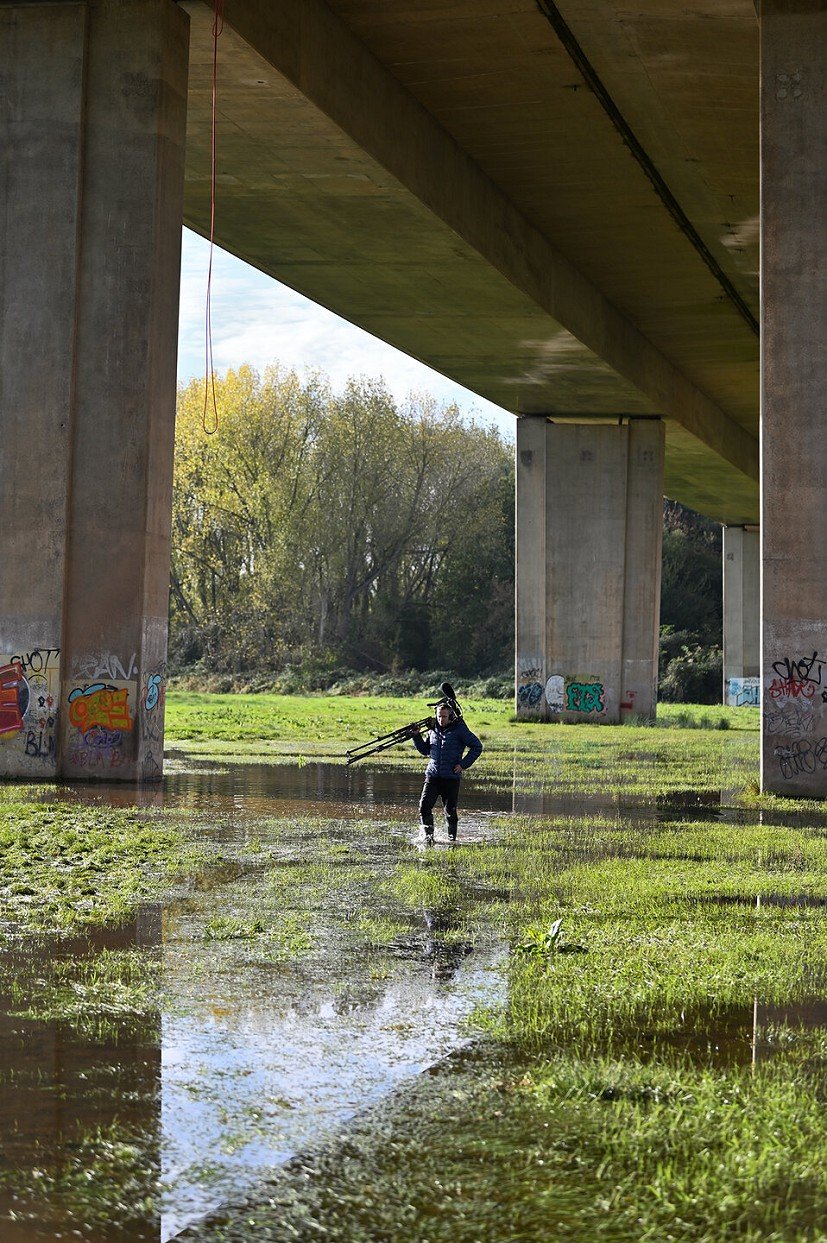
Will it see repeats?
Pete: No. I would absolutely love it if someone did. Honestly I would love it! But it's a fairly short list of candidates, and even then, they'd still need to put some training time in, and they'd need a partner of a same standard. And then to go through the whole recce, access, police thing again.
Will you do more man made structures in future?
Pete: I can see us doing small ones. Local bridges just for laps. But there won't be anything 'bigger' or better. Not interested.
Tom: For me it's not about another bigger bridge, or a higher bridge, or even any sort of proving a point like 'We've done that!'; it's about the personal experience of seeing an ambitious project through to a successful conclusion with a trusted partner and a helpful team. It's that personal experience that I'll look for in any future projects. That's definitely me done with really, really huge roof cracks.
Has this taught you anything or fuelled any ideas in unusual directions?
Pete: No ideas off the back of it, yet, but maybe it will fuel something in future. Did it teach me anything? Not really, it was more that it was a combination of everything I have learned. I knew it was going to be hard. But people's reactions - i.e.: perceiving it as 'just another success' — like Free Solo, when people ask Honnold 'What's next?' For us as crack climbers, it's not about 'what's next?' This was it, this was the peak of the pyramid.
The film of the climb will be released by Reel Rock in March 2022.
- OPINION: The eGrader Calculator - Rebooting E-Grades with Linear Consistency 4 Apr, 2023
- CRAG NOTES: The Dewerstone 22 Oct, 2021

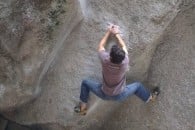

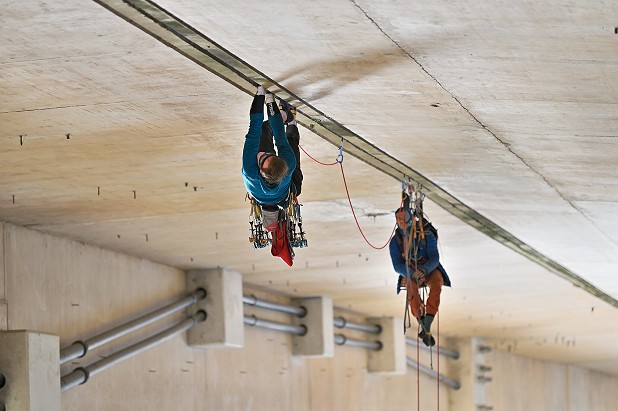
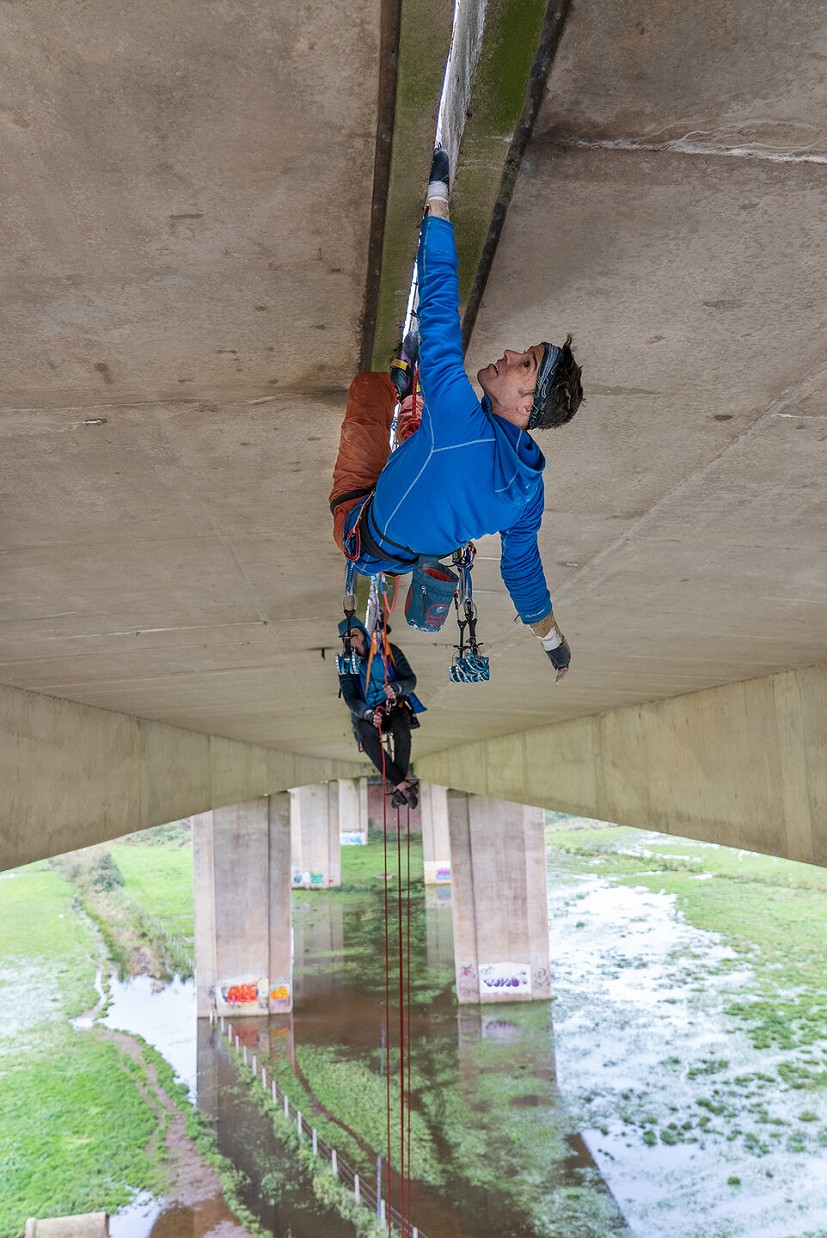
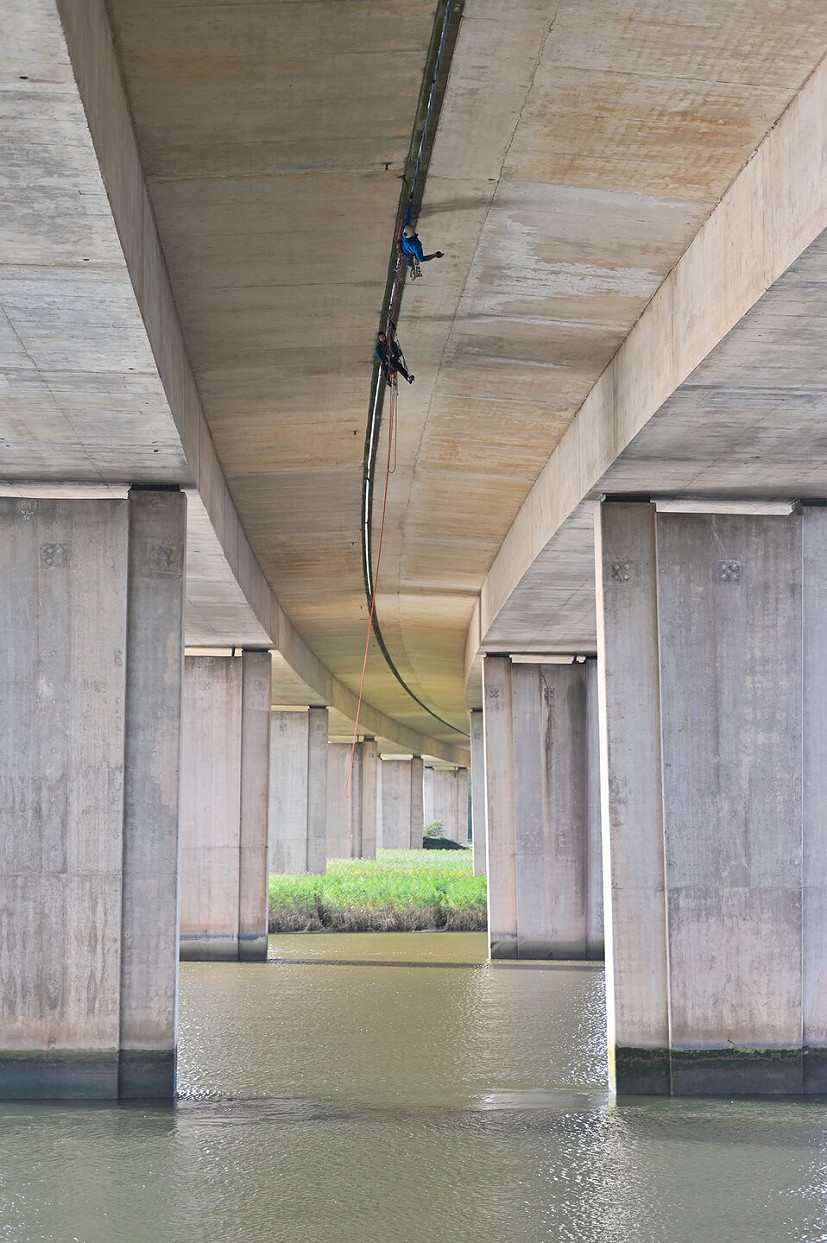
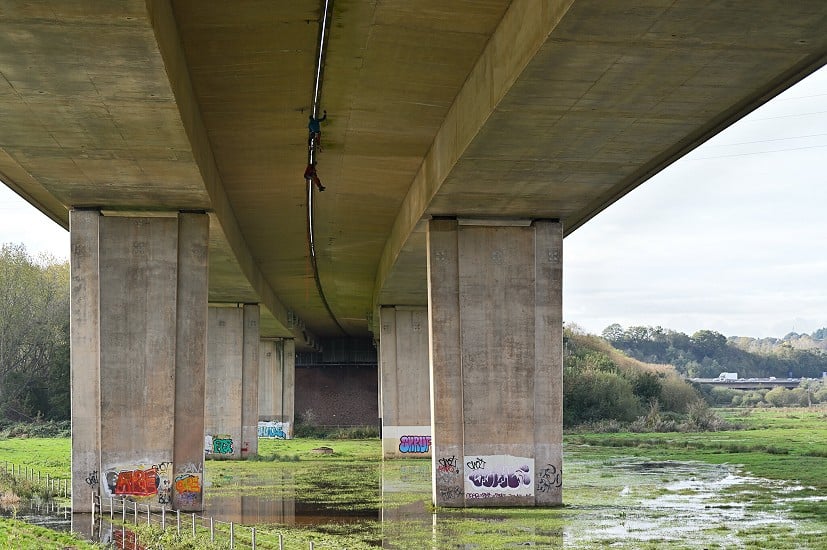
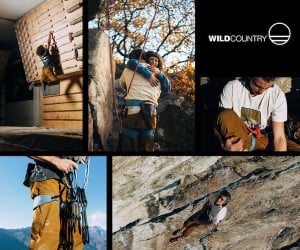
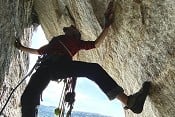


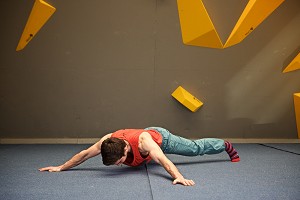











Comments
Cool interview, looking forward to the film.
If either of you are reading this, were there any concerns with cams getting crushed on the flexing sections? I just have images of a lorry going over, the cams getting squeezed and then falling out when it widened again.
Would a cam not just engage / disengage with the flex? Granted don't have one in my hand to test right now
Absolute flippin' nutters! Just Incredible! Seriously well done!
I'm not sure :)
It didn't happen so on that limited information I guess it's a non issue?
About as astounding as the Fitzroy Traverse and soloing El Cap, respect,
Chris